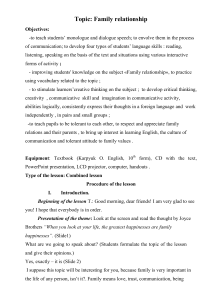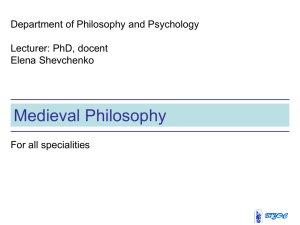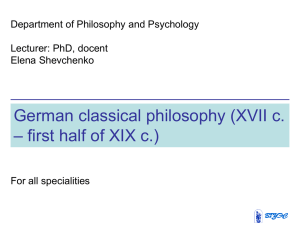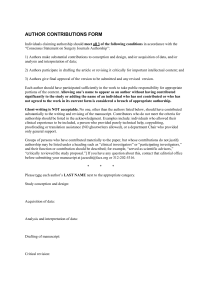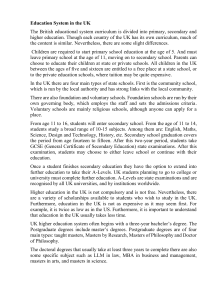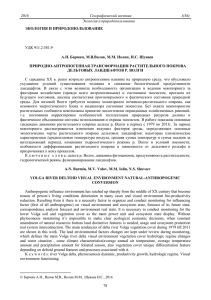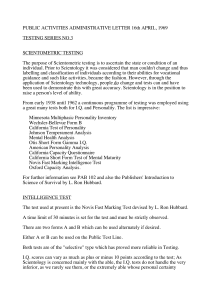O. A. Cmenaнoвa ВОСКРЕШЕНИЕ – ДЕЛО БОЖЕСТВЕННОЕ
реклама
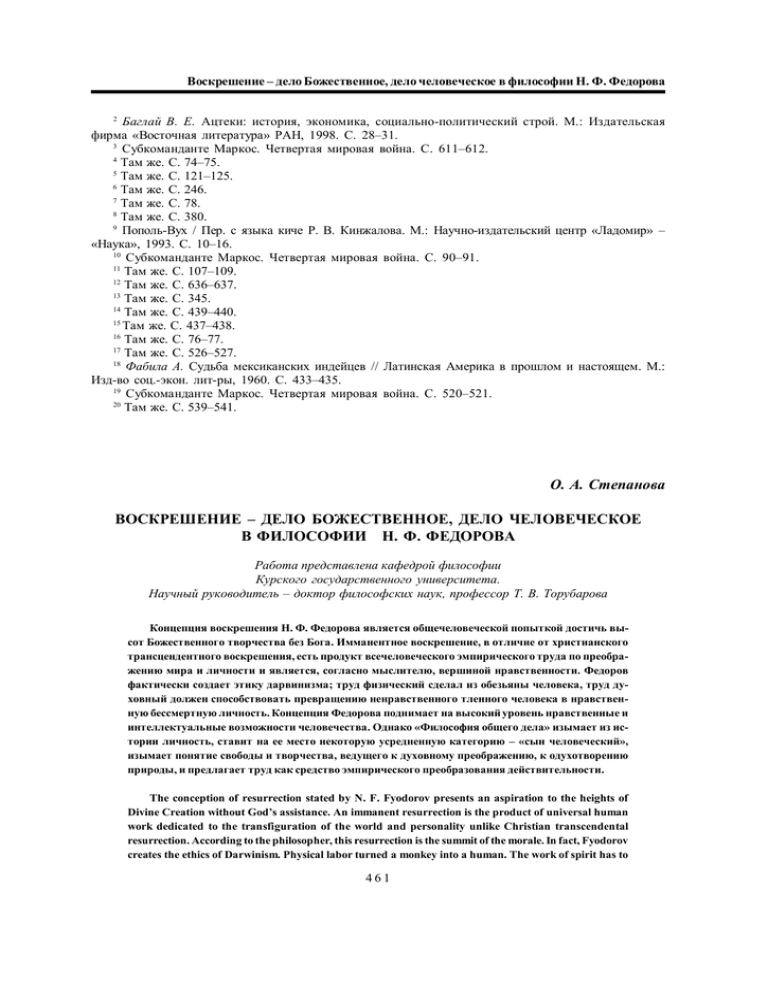
– 2 . . : , « » 3 4 5 6 7 8 9 10 11 12 13 14 15 16 17 18 19 20 , , 1998. . , . 28–31. . . . . 74–75. . 121–125. . 246. . 78. . 380. / . », 1993. . 10–16. . .: . 611–612. . . . . . . . . 107–109. . 636–637. . 345. . 439–440. . 437–438. . 76–77. . 526–527. . .. , 1960. . . . 539–541. . . .: . « » – . 90–91. . . . . . . . // . . 433–435. . . 520–521. . . – , . . . – , . . . . . , , , , . , ; - . . , « » », –« , , , . The conception of resurrection stated by N. F. Fyodorov presents an aspiration to the heights of Divine Creation without God’s assistance. An immanent resurrection is the product of universal human work dedicated to the transfiguration of the world and personality unlike Christian transcendental resurrection. According to the philosopher, this resurrection is the summit of the morale. In fact, Fyodorov creates the ethics of Darwinism. Physical labor turned a monkey into a human. The work of spirit has to 461 .: contribute to the transformation of an immoral and mortal person into a moral and immortal personality. The conception of Fyodorov places moral and intellectual possibilities of humanity at a high level. However, «The Philosophy to the common cause» takes the personality out of history, replaces it with an average category – «the son of men». «The Philosophy to a common cause» eliminates the notion of liberty and creation leading to transfiguration of spirit, to spirituality of nature and proposes labor as a method of empirical transformation of the reality. . . , – , . « »– , .« »– , - . , - . . - , . , , . , , . - , - , , , . . , « - » , , , - , « ( ) . »1 , , . , , - « », « ,– » . , » – . . » » , - - : « - », , , , . - . . , , , , . 462 . - – , » : « . », . . , , , , - , . « . « » , »2 . « !»3 – « - - – ”, . , - , , . . », , , , - , « – » , , « , - »4 , , - , . . , . : «… …» (2 « . , - . 1, 14). , « » », .« - , . , - , », »5. . , , « . » – - , ». . , , , , « . , . – - . . , , - . , , , , , , , - - . , . , , – , , , , , - « » . - , , , - , – . , - , 463 « . . »– , , - - « » , - , , , , , , , « . , . , : , , , ». ? , . , , - , - . - , , - , , , - – ? , . , - , , . , . , , , , , , . « . » - , , , « , « , , - » » - , , « ». , , . , - , , , . , – , - . ,« », , , - . . , , , . . ». - , , . 464 , , - – , , . - - , . . - , , , - . , . . : « “ , ”, , »7 . , , , , , , , - , , , , . , « » , , » , , - , - , . , , . - », , « » , - , - – , – , , , - , – , . . . : « - , - . . … , - … …»6 . - , , , , « , », « , - , . « . 2 3 - . » 1 . . . .: . . . … 4 6 7 . . . . 113. . . . . . » ,1982. . 1. . 135. ., 1998. . 4. // : . .: , 1910. . 254. 5 - , . . 94. . , 1937. . 465 . 323, 326. . .: , 1982. . 39.


